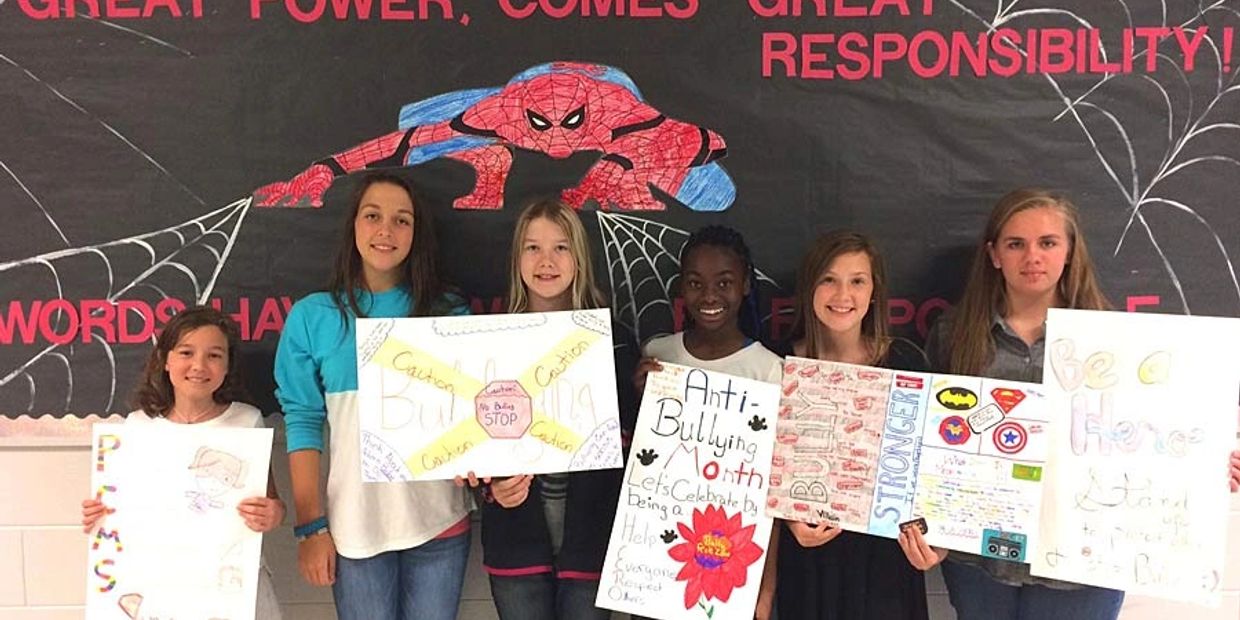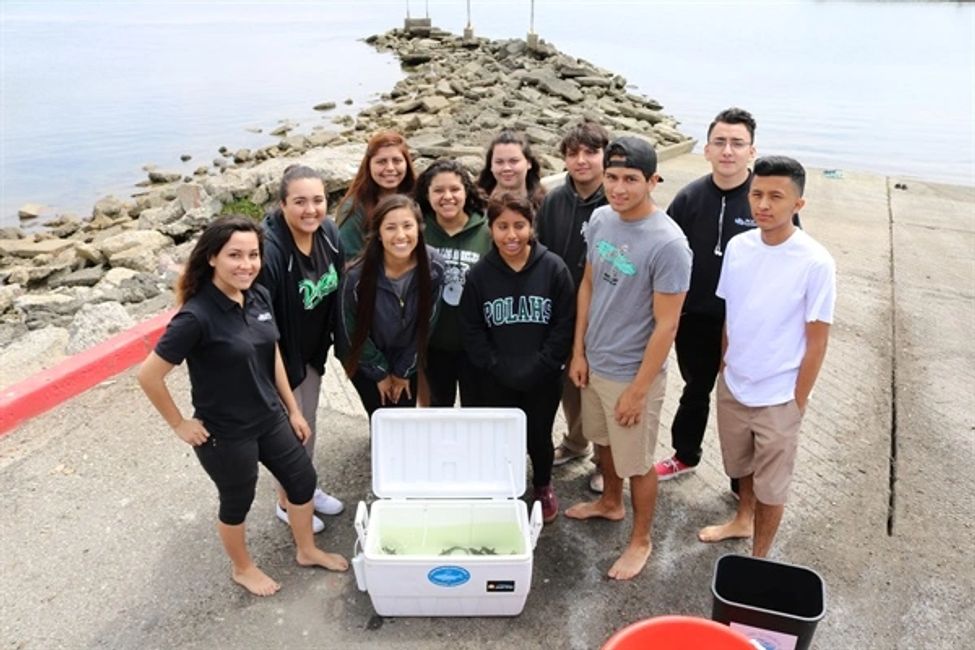projects that work
A New Action Research Study to Inform
Service Learning & Real-World Projects
in Middle and High Schools
projects that work
A New Action Research Study to Inform
Service Learning & Real-World Projects
in Middle and High Schools
A New Action Research Study to Inform
Service Learning & Real-World Projects
in Middle and High Schools
A New Action Research Study to Inform
Service Learning & Real-World Projects
in Middle and High Schools

In Service Learning (and other forms of real-world projects such as project-based learning, maker projects, action civics, placed based learning) young people lead projects to address civic issues – while also learning academic content and professional skills. Examples of powerful service learning projects include students: analyzing polluted river water to learn environmental science, charting texting drivers to practice research methods, or building a webpage for a homeless shelter to acquire design and coding skills. Despite the potential, service learning remains a complex intervention to implement in classrooms or afterschool programs. The field lacks data and information on “what projects work” so that more teachers can use service learning feasibly and effectively.
Projects That Work is a new action research study with a goal to provide teachers with data-driven information on types of service learning projects that were successfully done in a course or after school. Similar to how Yelp and Amazon rely on user-generated ratings, in Projects That Work participants conclude a project by providing ratings (1=poor to 5=excellent) on their experience. The idea is that once enough projects are added to the database, the ratings will result in lists of projects that work (e.g., are feasible to do, align to standards, are impactful, lead to learning) or do not work for different courses, along with the key information on how the project is implemented. The premise is that if educators had lists of trial-tested projects that were highly rated by 15 or 20 previous classes around the country – these projects could be replicated. As important, projects with the lowest ratings that are continually used in classrooms can be avoided.
How The Study Works - At the end of a project, all participants (teachers, students, community partners) rate the project in an online survey that takes 2 to 3 minutes, and the teacher completes an additional 15-minute phone interview survey to provide information on the specific project. Participant Ratings filtered by the project information form the basis for identifying which project types “work” or “do not work” across different courses, environments, and varying implementations. The research also identifies the components of projects that relate to higher or lower ratings across all projects. In the future after enough projects are added to the database, participants will be able to use the data to inform decision-making on which projects to do, including how to design and implement these projects, driving a data-driven continuous quality improvement process for real-world projects in classrooms.
Please contact metz@projectsthatwork for more information.

Copyright © 2018 Projects That Work - All Rights Reserved.
Powered by GoDaddy Website Builder